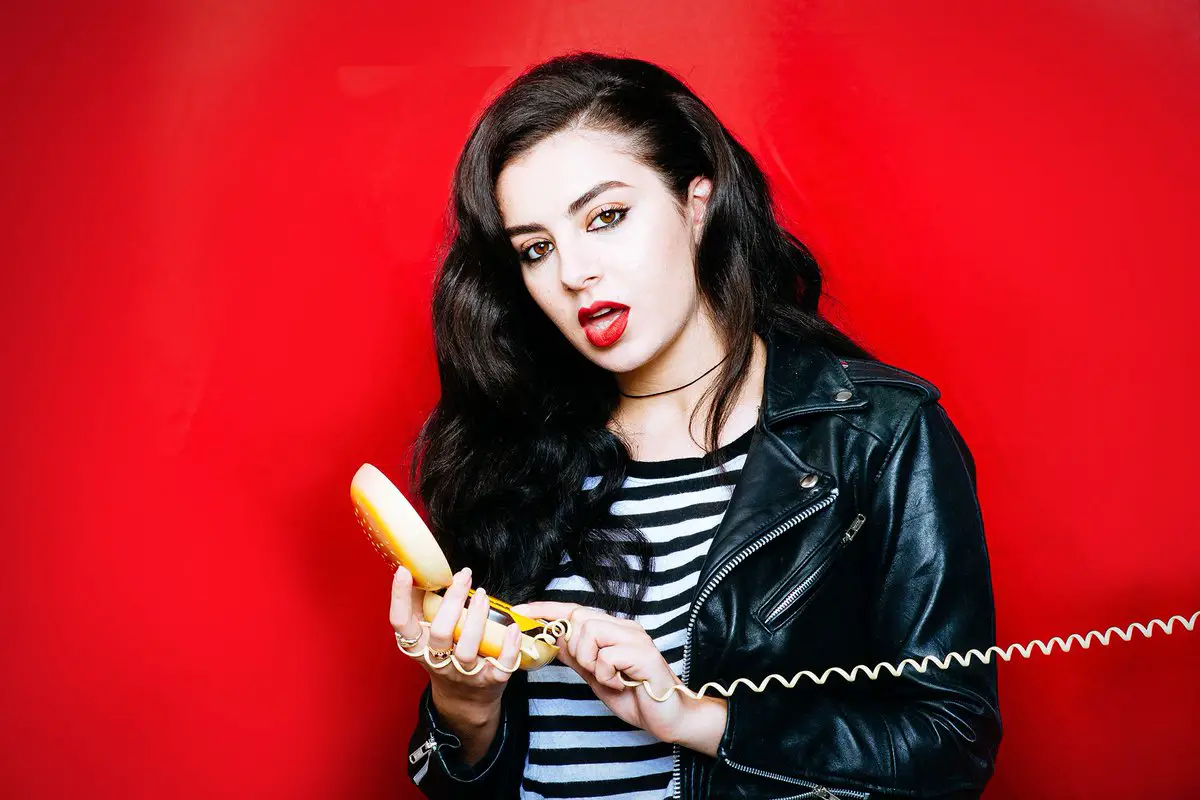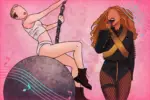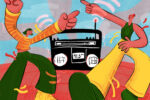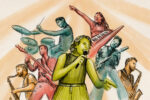Music’s preoccupation with being bionic started with Britney Spears. She was born and bred for stardom, packaged for consumption and managed to sustain her persona for a few years. When she came apart at the seams, the public saw the burden of maintaining an image of perfection, and pop music was increasingly scrutinized.
Audiences were suspicious of anything that seemed too processed or prefabricated, which could hide repressed suffering. Since Spears’ descent in 2007, many pop albums have struggled with this issue, some attempting further perfection through refinement and others stripping any sign of artifice away. Charli XCX’s “Pop 2,” which released Dec. 15, 2017, is the best treatment of the issue in a long time.
Aitchison, performing as Charli XCX, has engaged with the most prime pop of the second decade of the aughts. She co-wrote and featured on the high-octane “I Love It” of 2012 and the commanding “Fancy” of 2014. Her debut album “True Romance” was feisty and intense, even if it did lack depth. Since her release of “Sucker” in 2014, Charli pivoted to a heavier, clubbier sound, struggling to find her way through “Vroom Vroom” and “Number 1 Angel.”
It may be surprising to reveal that “Pop 2” doesn’t alter the formula of her past two works. Charli still recruits A.G. Cook of PC Music as a lead producer and stuffs the release to the brim with features. In addition, there is no real thematic shift either — Charli is still partying, and struggling with the problems that any young, popular, unmarried celebrity would have. (Poor her!) The real change in “Pop 2” lies within Charli and Cook’s experimental approach.
For starters, there is not a trace of organic instrumentation on the mix. “Pop 2” is dominated by palatial, antsy synths, misshapen vocal samples and clipped drum machine beats, creating a sonic landscape that is unequivocally electronic. The pronounced usage of autotune declares the bionic refinement that music has so often struggled with, but the distortion of vocals reveals that autotune is being used as a creative tool, not a disinfectant. Every cut has some variety of vocal processing that contributes to the body of the mixtape.
[su_youtube url=”https://www.youtube.com/watch?v=UzgNAwM2o7M”]
Take, for example, the opening duet “Backseat” featuring Carly Rae Jepsen. Charli announces herself first: “Run through the city at midnight to feel like a star / I want it all even if it’s fake.” While processed, her voice retains a smokiness, which is contrasted by Jepsen’s syrupy soprano: “My fingers run through his hair, I’m gripping at regrets / I put my mouth on his lips to taste.” The pair works in clear opposition of one another, with autotune removing the problem of pitch to reduce their voices to other qualifiers, like timbre and tone.
The following track, “Out Of My Head” pulls a similar trick with the voices of Tove Lo and Alma. Tove Lo’s strong and grungy voice is held in difference to Alma’s resonant, smooth one, which blend together for one explosive moment in the chorus. Charli and Tove Lo begin the pleading— “out of my, out of my,”— before Alma takes the reins and rings out. There is no obvious sign as to who is singing at some points. “Backseat” functions the same way, as the voices of Jepsen and Charli eventually weave in and out on the final choruses: “all alone, all alone, all alone.”
[su_youtube url=”https://www.youtube.com/watch?v=2xJ1SvgyoHE”]
Part of what makes this experimentation possible is the large number of features on “Pop 2.” Charli shares the limelight with a few artists who could be considered her competitors— the aforementioned Jepsen and Tove Lo, as well as Mø— which points to some sort of pure love for the creation of music.
More collaborators means more stress, more time spent working and smaller share of the profits of “Pop 2,” but Charli has never shown any reserve. “Number 1 Angel” and “Pop 2” operate under the same principles, and were released in the same year. Charli clearly loves making music.
In relation to “Number 1 Angel,” “Pop 2” demonstrates a remarkable near-mastery of the mixtape medium. Mixtapes mean complete creative control, which for Charli, means a packed guest list, license to experiment, and the ability to respond quickly to current trends in music. On “Number 1 Angel,” Charli fell by the wayside, overshadowed by her own collaborators and not pushing the envelope far enough. On “Pop 2,” she is hostess par excellence, closing the widest gaps between her guests and playing enough in the shadows.
[su_youtube url=”https://www.youtube.com/watch?v=3fW1NbR3hk4″]
As far as a response to current trends in music, “I Got It” featuring Brooke Candy, CupcakKe and Pabllo Vittar takes the cake. It is, by far, the nastiest cut on the entire mixtape, demonstrating Charli’s growth and ability to fuse pop and R&B seamlessly — and she’s not even flashy about it.
“I Got It” is a quintessential flex track, drawing from verses on “Dreamer” from her first mixtape. The cut passes from Brooke, to Charli, then to CupcakKe without a hitch, all driven by Charli, delivering a swaggering repetition of “I got it, I got it, I got it, I got it, I got it, I got it.” At some points, Charli is hardly enunciating, emulating the styles of mumble rappers like Young Thug or Future. The cadence of the chorus, too, exposes Charli’s usage of the triplet flow, as popularized by Migos.
For a release with so much formal experimentation, “Pop 2” is well proportioned. Three archetypes — the pining ballad, the crew rap and the abstract noisier cuts — divide the mixtape into rough thirds, making it less demanding in terms of subject matter. It makes sense. “Pop 2,” as signaled by the title, is a variation on theme of pop, pushing the boundaries of what the genre could be.
It takes the worst aspects of pop and inverts them, to show them in a brand new light. Charli and company are never attempt to assert their status as paragons, but rather try to display their engagement with the scene and capacity to produce music. “Pop 2” clutches ingenuity and warmth underneath its cold, robotic exterior, as if Charli herself were saying: This could be us, but you’re playing.

















